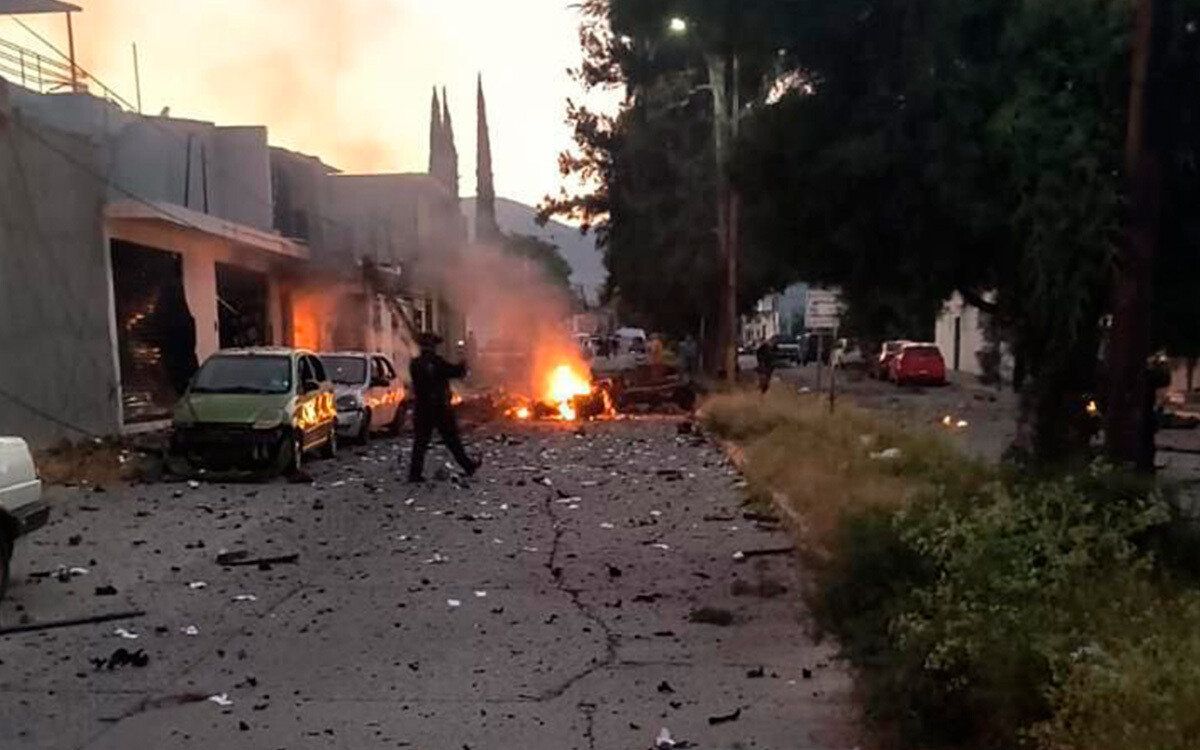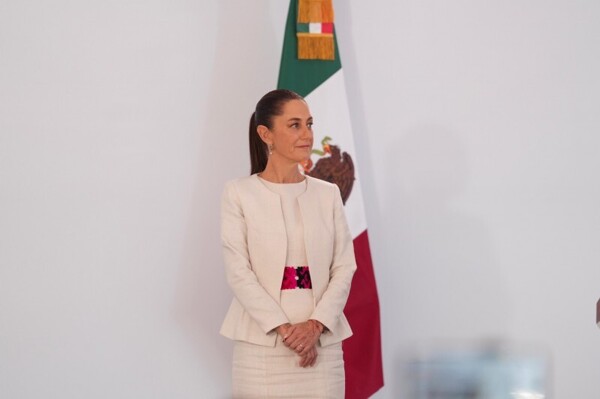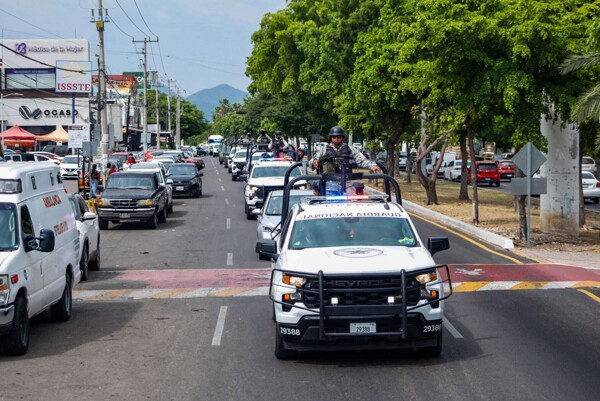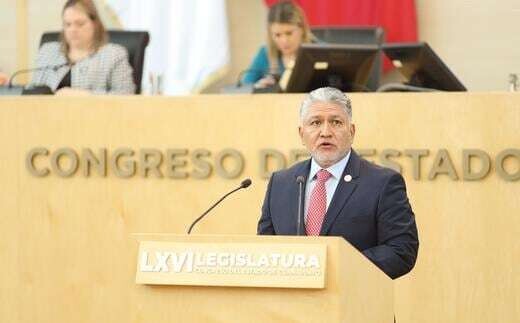
Public security consultant David Saucedo pointed out in an interview that the violence in Mexico at the start of Claudia Sheinbaum’s government is a multicausal phenomenon, stemming from government transitions and struggles for territorial control. Regarding the recent car bomb attacks in Guanajuato, Saucedo mentioned that there was collaboration between security forces and local criminal groups. Some of the vehicles used in the attacks belonged to law enforcement, suggesting a direct connection between organized crime and local authorities.
In Guanajuato, Saucedo explained that the Santa Rosa de Lima cartel would be behind the car bomb attacks. This criminal group became known during Andrés Manuel López Obrador's administration in the fight against fuel theft and includes activities related to drug dealing and illegal fuel extraction. Saucedo emphasized that this cartel employs violent tactics, such as using explosives, to intimidate the population and weaken local public security forces.
The consultant mentioned that the recent attacks are part of an attempt by the Santa Rosa de Lima cartel to maintain its control in the region and increase its political influence. Saucedo also revealed that, despite being in prison, José Antonio Yépez, alias “El Marro,” managed to continue directing the operations of the criminal organization, although he was recently relocated to limit his power.
Regarding the newly elected mayors in Jerécuaro and Acámbaro, Saucedo indicated that the cartel seeks to impose its will on these new administrations to ensure their protection and control local politics. Moreover, he noted that the change in federal government has influenced the increase in violence in the country, with recent episodes in various states that could be linked to a reorganization of criminal groups.
In the context of these events, Saucedo pointed out that Claudia Sheinbaum inherited complex security challenges and lacks the necessary resources to effectively execute her security plan. He also mentioned that the new approach of Omar García Harfuch poses challenges due to the lack of resources and the need to confront cases of corruption without adequate oversight.
In summary, Saucedo evidenced that the violence in Mexico is a multifaceted phenomenon resulting from various factors, including the struggle for territorial control among criminal groups, government transitions, and the lack of resources to implement effective security strategies.













